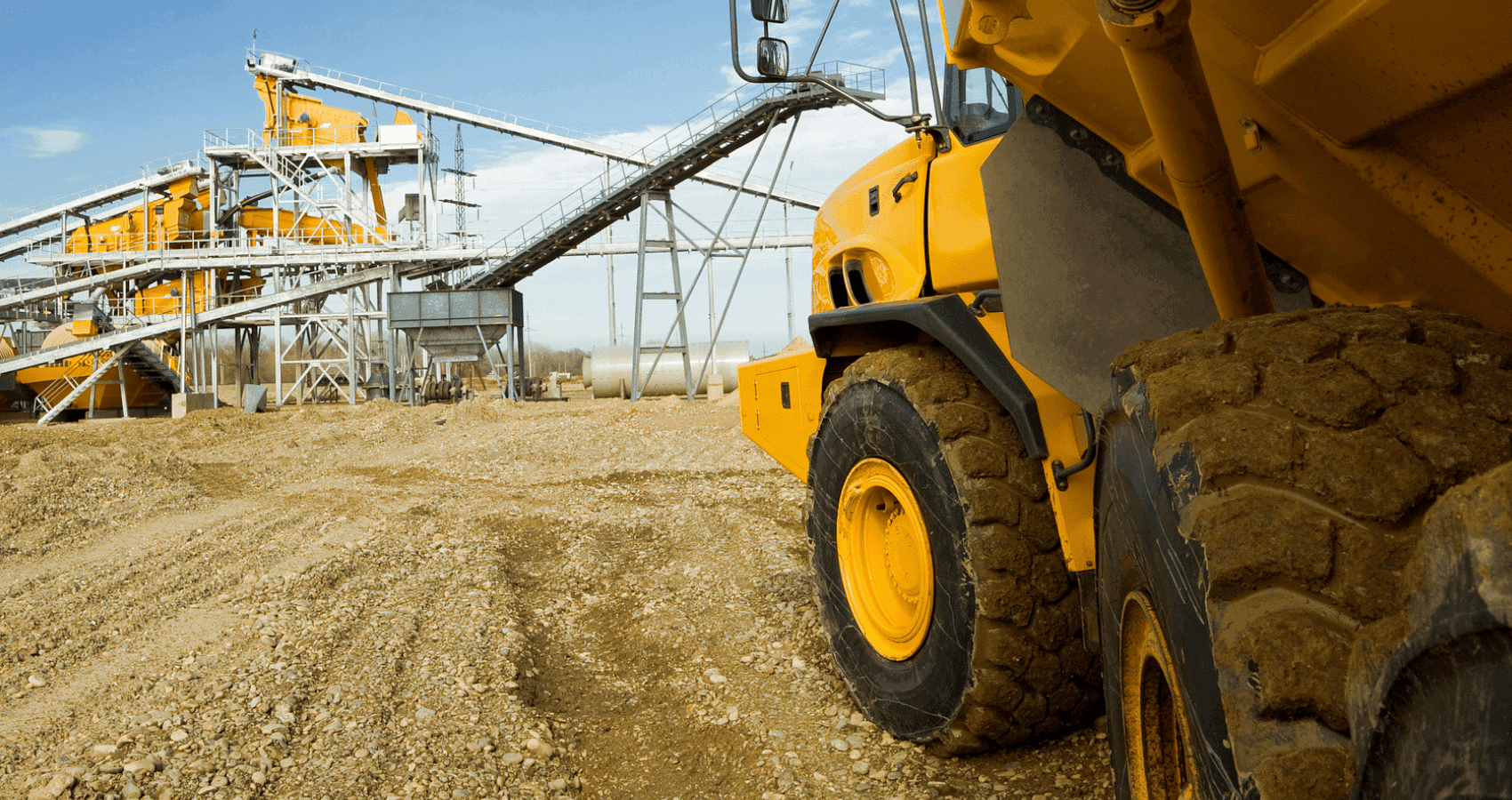The mining sector has witnessed an acceleration of investments in disruptive technologies in recent years. Decades of large-scale mineral extraction have made high-quality deposits increasingly scarce across the planet. Industry has embraced new technologies to help target more difficult geology and also increase productivity, improve safety for mine workers, manage environmental impacts, and—more recently—react to pressures from the COVID-19 crisis.
Three specific technologies are the focus of 90% of companies surveyed in the latest World Economic Forum report, The Future of Jobs 2020: hardware and robotic process automation, digitalization and connected wearables, and big data analytics. These mining technologies combine with human intelligence to augment worker capabilities and productivity. And unlike in previous industrial revolutions, we now have multiple new technologies emerging concurrently, often working in concert to improve mine efficiency.
While industry is driving these changes, impacts will be felt uniquely across countries, mine sites, and stakeholder groups. For instance, governments can expect to see changes related to taxation and local content and may consider optimizing their regulatory frameworks and legal requirements to realize new benefits or seek compensation for possible losses.
Community relations in the balance
The overall impact on local communities and community relations could be positive or negative. It will depend on how well all stakeholders—industry, government, and communities—anticipate and manage this transition. New technologies may bring new, better, and more inclusive job opportunities to local economies, but that will depend on strong stakeholder partnerships to strengthen resilience and leverage the positive economic spillovers to balance disruptions.
For many communities in resource-rich developing countries, mining is often the sole if not the largest employer. Some technologies, such as automation, can displace local mining jobs, with ripple effects that may undermine both indirect employment and support for the sector in the wider community. Any significant erosion of local benefits, such as jobs and business opportunities, may also erode trust and support for the industry. Indeed, past experiences show that unfulfilled community expectations regarding socio-economic benefits can result in conflicts that disrupt and undermine mining activities. Even just the fear of job losses resulting from new technologies could fuel conflicts with mining companies if acceptable solutions are not proposed.
It is of the utmost importance for the mining industry to take a proactive role by leveraging technological innovations as a solution to strengthen the resilience of local communities. This is, in fact, a unique opportunity to reset a long-standing lack of trust between companies and communities. It is also a chance for the mining sector to connect with other local actors to provide durable and sustainable livelihoods for mining communities.
Sharing digital infrastructure
The industry could become a force for community resilience by sharing digital infrastructure to create new development opportunities beyond the mine gate. While approaching from different angles, the mining sector and local communities often share similar technology challenges. This common ground offers the tangible potential to benefit communities.
One such issue is Internet connectivity. The viability of mining companies’ investments in new digital infrastructures, such as the Internet of Things and autonomous vehicles, depends fundamentally on the reliable, high-speed Internet access that is often sorely lacking (or unaffordable) in remote mining communities.
Internet connectivity can be transformational for communities. Viewed through a gender lens, it can help close the digital gender divide, fostering girls’ education and leading to the economic empowerment of women, and specifically their ability to work and benefit from the mining sector.
Beyond connectivity, mining companies can provide hardware, such as laptops or tablets for computer labs, to foster youth education and skills upgrading and retraining for local workers seeking new opportunities. Examples in non-mining sectors in Uganda and Ghana show how these digital technologies can do much to also improve healthcare access in rural areas that are often isolated and underserved by health professionals.
The COVID-19 pandemic has shown clearly how connectivity can be a lifeline to keep people in school, employed, or connected to life-saving health information.
Another way to harness new technologies for community resilience is to share the abundant and high-quality information collected in modern data-rich mines. New big data analysis capabilities provide a wealth of information, including mineral resource endowments; ore grades; trade flows; air, soil, and water quality; and tailings dam stability readings. Some of this data could be of material benefit for local community members. For example, it might help farmers plan better and make informed decisions, such as deciding on the right time for sowing seeds, which crop varieties to plant for better yields, whether or not to invest in irrigation, and when to harvest. By sharing data with the community, mining can promote off-site prosperity while fostering trust through transparency.
What would it cost to get there?
For mining companies, the cost of these “last-mile” investments for the benefit of local communities may not be too high, especially if they are integrated into the early design of the projects. For communities, however, the benefits can be game-changing because technologies will deliver economic opportunities, social improvements, and environmental management that will live long after mines are closed.
The preceding was originally published on Mexico Business News and is republished here with permission.

